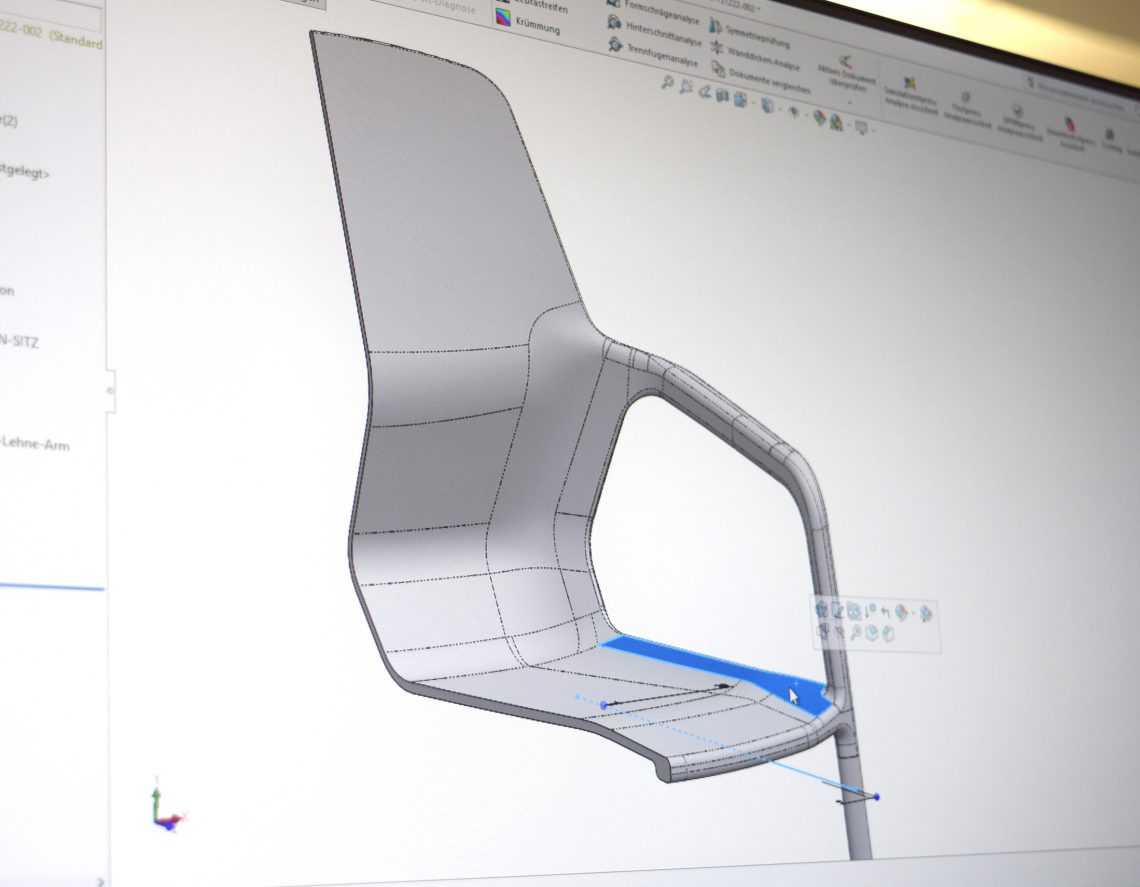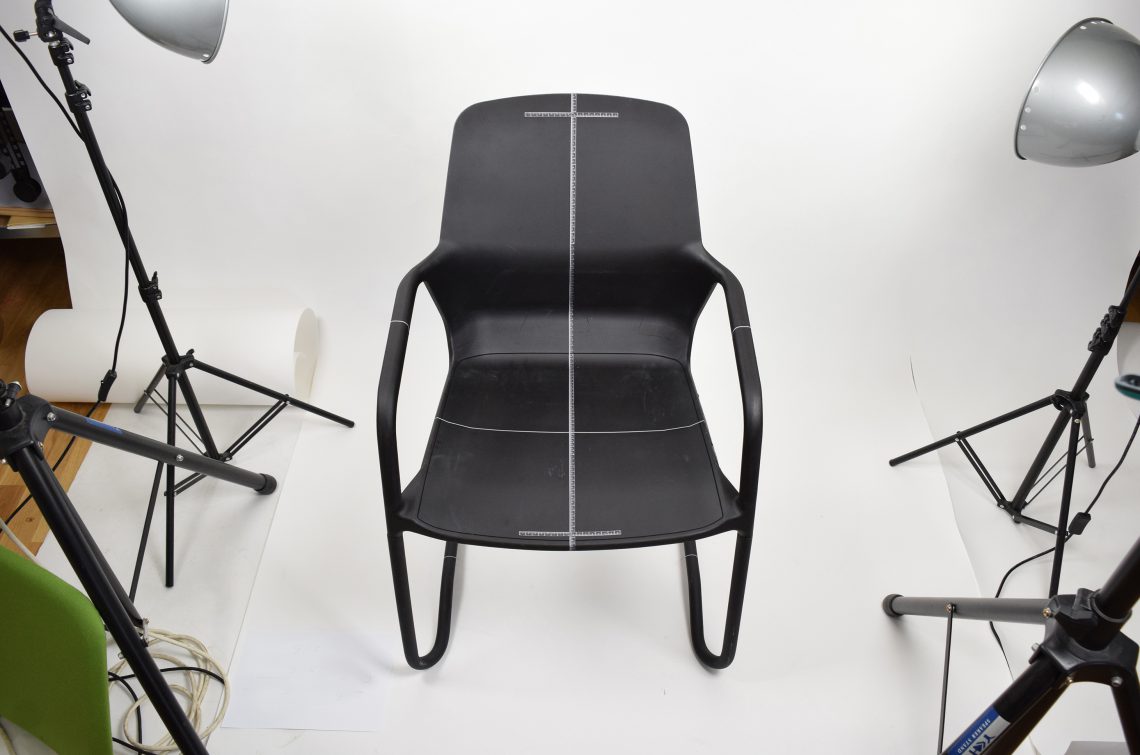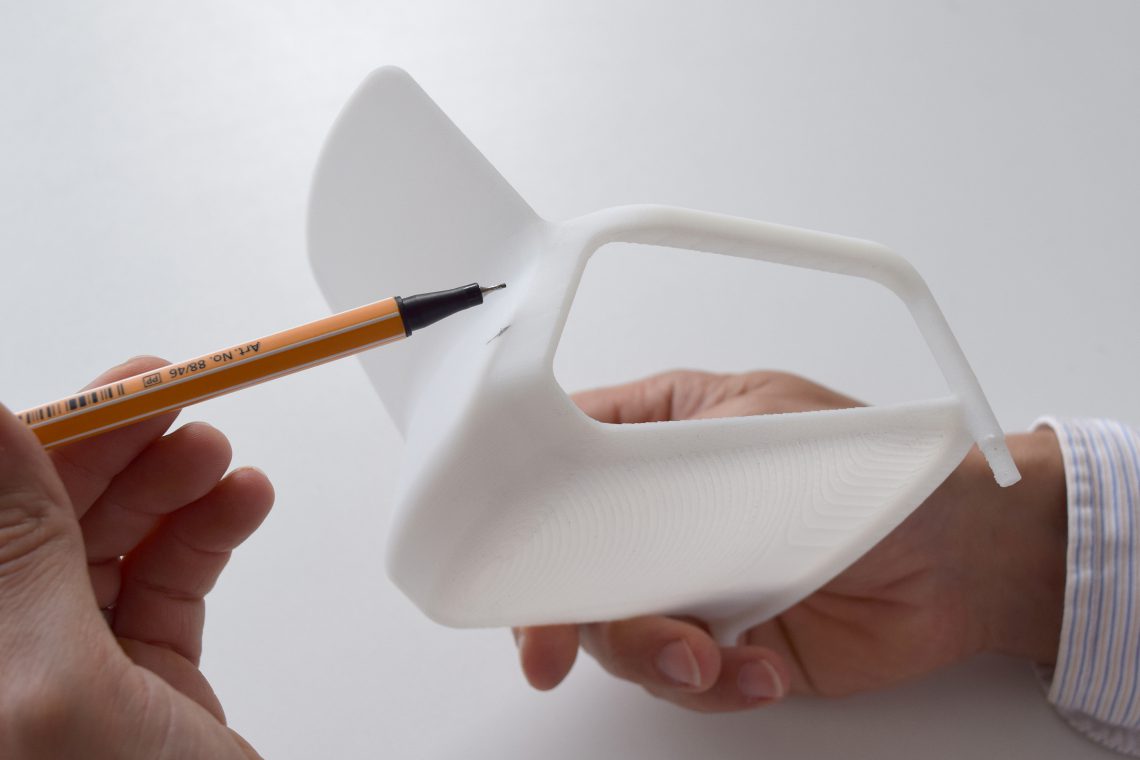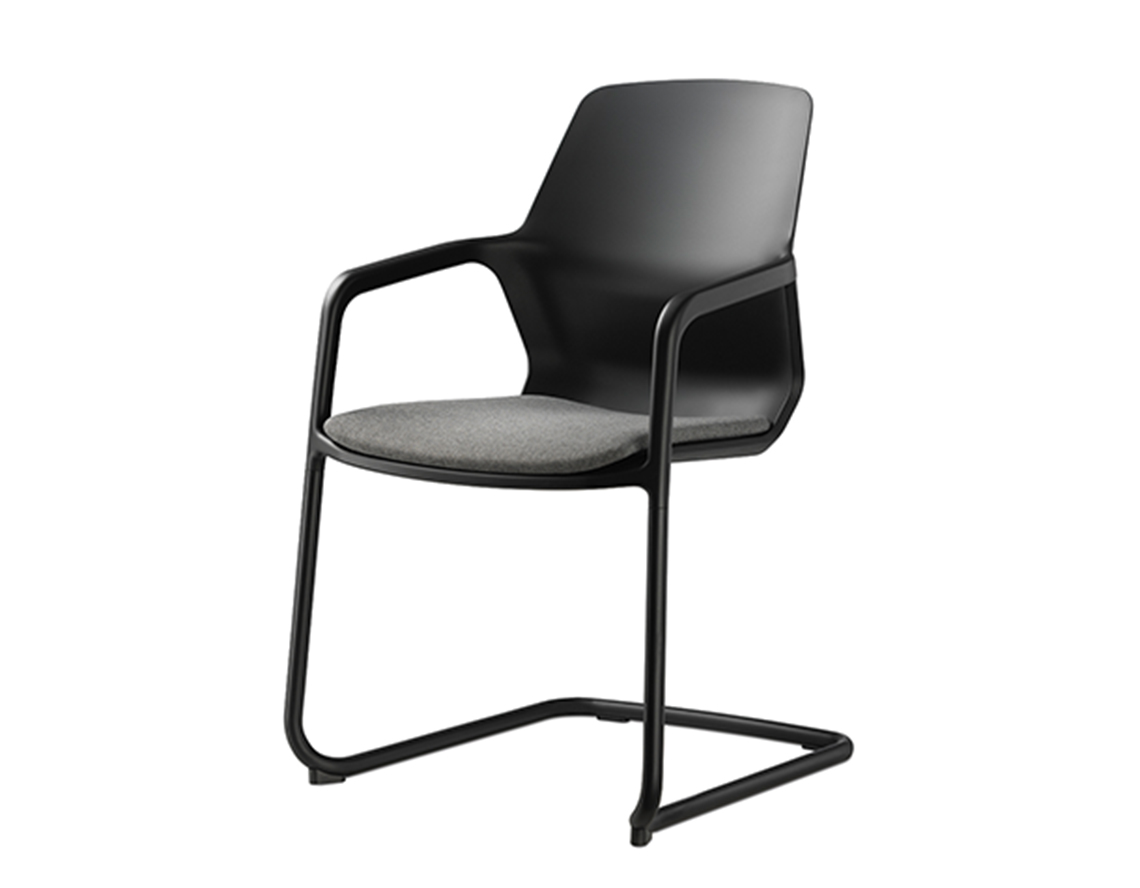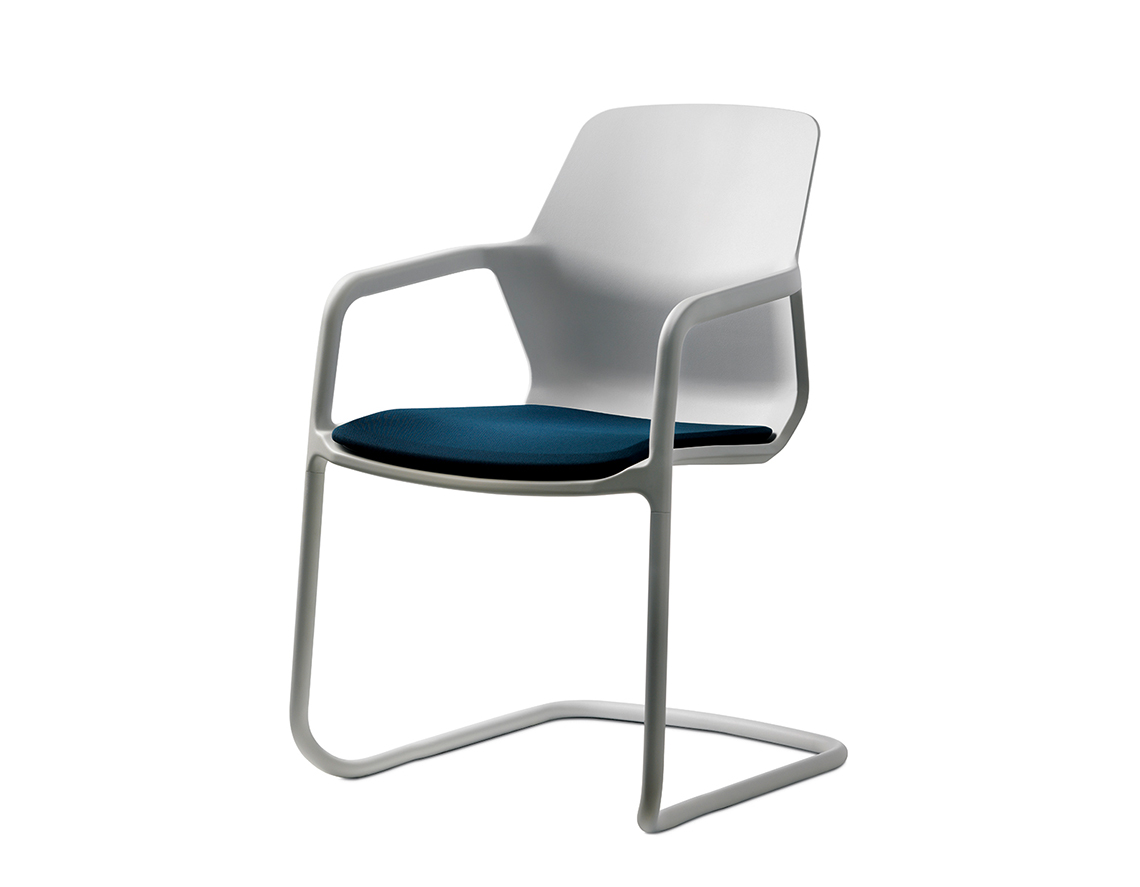As one of the successors of the legendary Ulm University of Design, University of Design Schwäbisch Gmünd is a place for nurturing talent. Michael Englisch, Wilkhahn’s design director, also studied and taught there. Andreas Hess and Sebastian Schnabel, the founders of design studio whiteID, started to collaborate with one another during their course in Schwäbisch-Gmünd already. They made a name for themselves with whiteID, not just as industrial designers but also by developing product-driven processes. We talked to Andres Hess about whiteID’s Metrik cantilever chair for Wilkhahn, the lessons learnt from making chairs for children and chairs for adults and what Helmut Schmidt and Dirk Nowitzki have in common.
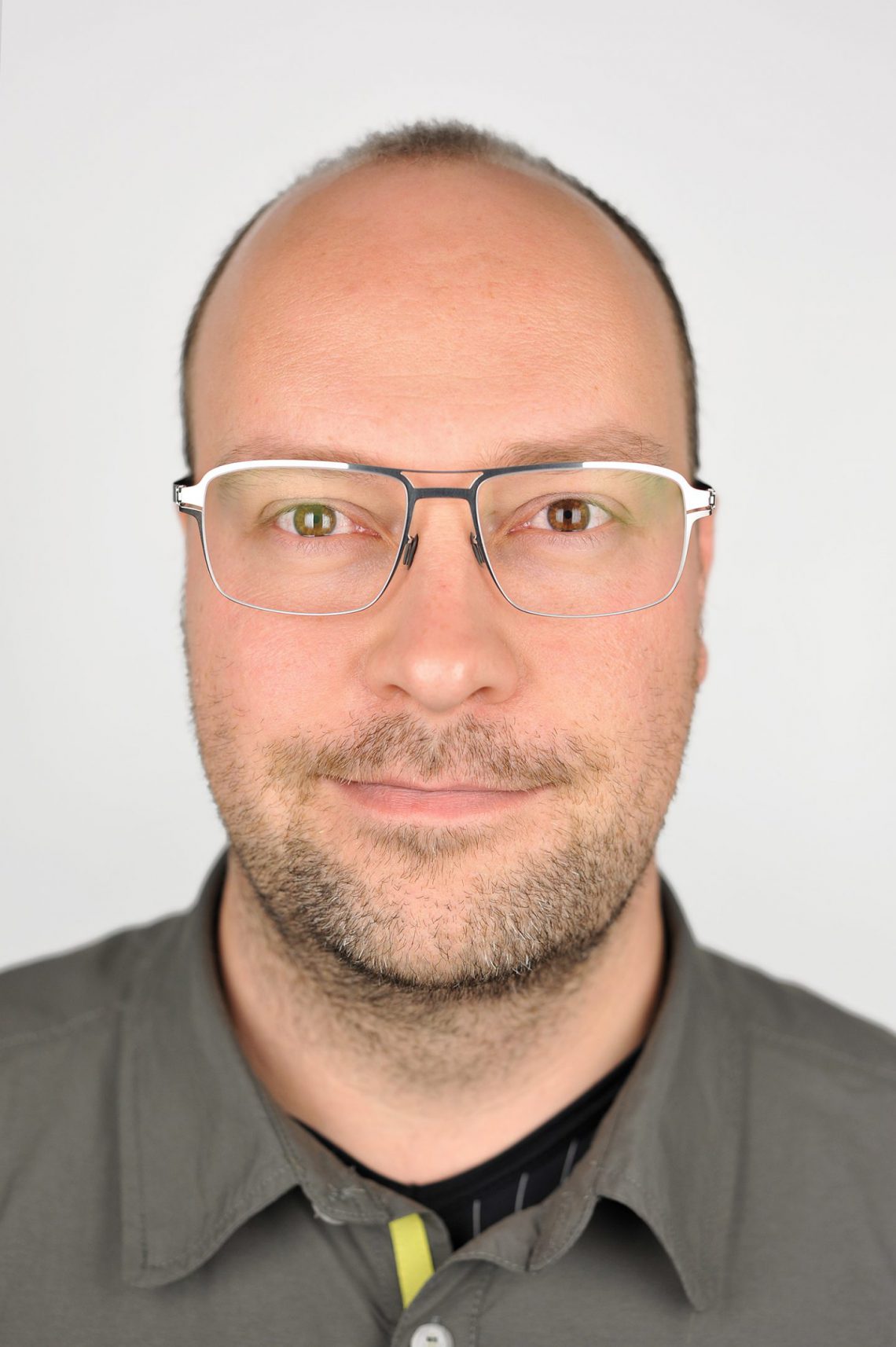

We were asked to develop a chair that embodies the company’s philosophy of sitting “in the chair” and not “on it”.
Andreas, what sets whiteID apart from other design studios?
Our first products were concerned with child safety: babies’ car seats, prams or toys even. On the one hand this segment is very exciting, but on the other full of standards and regulations that require compliance. We quickly realised that a good approach is not just to design products but to look at the entire development process. This starts with defining the target group to market research, analyses of existing products and what attributes or functions are sought. It’s only then that we start with the design and technology. We also supply the data sets and manage the suppliers who turn the products into reality in the final analysis. This is in our customers’ interests. Our team has a vast amount of technical experience where injection moulding and wood processing are concerned. Which is why we have our own workshop and photo studio in our new premises in an old textile factory in Schorndorf.
How did the collaboration with Wilkhahn come about?
I gave Michael Englisch a call and asked if he’d be interested in working with us. I told him that we’d made seating for children to date, but could also imagine making seating for adults too.
What won Wilkhahn over?
The very first collaboration with a partner definitely has the potential to create something original. whiteID contributes experience from a diverse range of product developments to the design process. Another aspect is that we work extensively with data-based surface modelling. Metrik is a product whose complex finishes and surface transitions were defined on computer.
And what sort of briefing did you receive?
We were asked to develop a chair that embodies the company’s philosophy of sitting “in the chair” and not “on it”. Secondly, we wanted to come up with a cantilever chair that looks seamless, or in words superbly integrated design and not the addition of several parts.
From a technical standpoint how did you manage to integrate the seat shell and underframe to make it look seamless? Is it down to the material?
The design itself is relatively classical; there’s a seat shell and a tubular frame. But in terms of plastics technology, achieving the seamless transition is complex.
In my view Metrik has an almost abstract appeal, just like a drawing. The shape itself consists of several polygonal areas. Is this because of the statics?
Yes, there were two things required of the chair overall – firstly comfort. All the areas in contact with the person sitting on the chair are soft and organic. The feeling of sitting in the chair is also encouraged because the backrest is slightly higher so that you automatically sit comfortably in it. On the other hand the chair looks crisp and defined, creating a point of reference with the architecture. The result was a chair that has personality but doesn’t dominate. One of the goals was also to comply with the variety of demands in homes and in offices.
To what extent did your experience with children’s car seats come in useful?
Primarily because of our experience with plastic. Here we really did push feasibility to the limits. In conjunction with Wilkhahn we got BASF on board who defined and sized the materials. You have to know all about the material to be able to predict its behaviour and flexibility. And of course we looked into ergonomics very thoroughly for the children’s products. Children’s bodies are a lot smaller, but you can apply a lot of the findings to adults too.
If you were allowed to wish for a particular celebrity to sit in Metrik who would it be?
That’s hard. One thing’s for sure, both of us could sit in a Metrik now. But if I were allowed a wish I’d say Helmut Schmidt and Dirk Nowitzki playing chess together. Both are or were such very dissimilar characters with different personalities… It’s not Metrik’s goal to be an object that polarises, but one that brings people together.
Yes, I agree that’s a great combination even if it’s no longer possible any more unfortunately. Thanks very much for talking to us.
